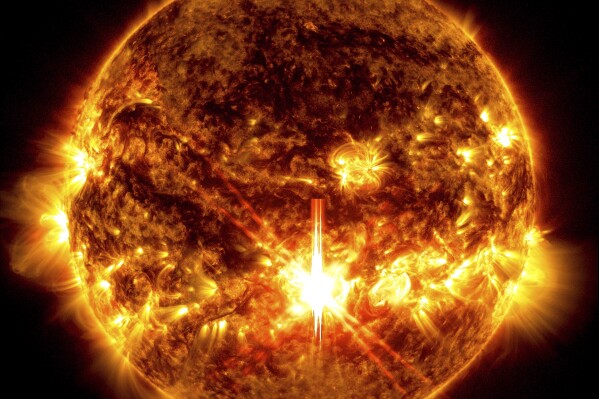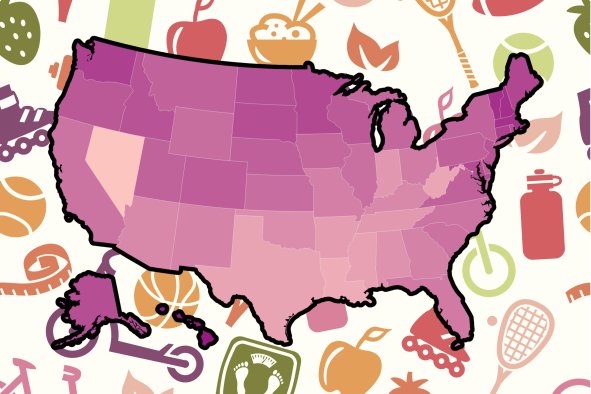Southern states with hot weather bear the brunt of energy poverty in the United States but receive less federal assistance compared to colder northern regions, a new study has revealed.
Despite rising energy burdens in these regions, outdated federal formulas continue to direct most funding to northern states, leaving many southern households without the support necessary to cope with high cooling costs.
The research calls for an overhaul of how federal assistance is distributed, particularly through the Low Income Home Energy Assistance Program (LIHEAP).
"We're seeing more and more of that cooling in the southeastern U.S. is becoming more necessary," Peter Heller, co-author of the study, told Newsweek.
"And so we came up with an optimal way to look at how to allocate federal dollars through the LIHEAP program and found that it would shift funds to actually being more equal on the dollars per household that are given out to the states, but it would shift funds into the southeastern U.S."
Energy poverty, defined as the inability to afford sufficient heating or cooling to maintain a safe indoor temperature, affects nearly one-third of U.S. households. Federal support for addressing energy poverty began following the oil crisis of the 1970s, but funding formulas have changed little since then.
LIHEAP, the primary federal program for energy assistance, was established in 1981, and its funding formulas have largely favored northern states that experience colder winters. As a result, households in northern regions receive the bulk of energy assistance, even though southern states now face higher energy burdens because of rising temperatures and increased demand for cooling.
The team analyzed energy poverty data using a machine learning model, comparing sociodemographic and geographic information from the U.S. Census Bureau and the Energy Information Administration to LIHEAP's funding records.
The findings reveal that energy poverty is disproportionately high in southern states, yet these states receive less federal assistance than northern ones. This misallocation is likely to worsen as climate change increases the cooling burdens in southern states while reducing heating needs in northern areas.
The team used its machine learning models to develop an optimized allocation formula, which would redirect federal funds to the areas with the highest energy burdens. This formula is based on energy expenditure and household income, focusing on households that face the greatest difficulties in affording energy bills.
Under the new system, assistance would be targeted more effectively, particularly to the southern states where energy burdens are highest.
The study found that reallocating the 2020 LIHEAP budget of $4.7 billion using the new method would cap energy burdens at 20.3 percent for households nationwide, whereas under the current system, many southern households still face much higher energy burdens.
However, fully eradicating energy poverty—defined as keeping household energy costs below 6 percent of income—would require a four-fold increase in the LIHEAP budget, to $17.9 billion.
Newsweek contacted the Division of Energy Assistance for comment on the study's recommendations via email.
"That large of an increase from 4 [billion] to 17 billion is politically unlikely," Heller said. "I don't know too much about the politics, but I know that that a four-times increase in the budget wouldn't work.
"So, we figured out what you could do with the current budget to better spread those funds if more money were to become available."
Crucially, the findings do not indicate that northern states are necessarily getting more than they need right now, Heller said.
"We're just looking at where the funding is needed the most, and we think that it's about time to reconsider how we're actually allocating dollars," he said.
Do you have a tip on a science story that Newsweek should be covering? Do you have a question about energy bills? Let us know via science@newsweek.com.
References
Batlle, C., Heller, P., Knittel, C., & Schittekatte, T. (2024). US federal resource allocations are inconsistent with concentrations of energy poverty. Science Advances, 10. https://doi.org/10.1126/sciadv.adp8183
Disclaimer: The copyright of this article belongs to the original author. Reposting this article is solely for the purpose of information dissemination and does not constitute any investment advice. If there is any infringement, please contact us immediately. We will make corrections or deletions as necessary. Thank you.



